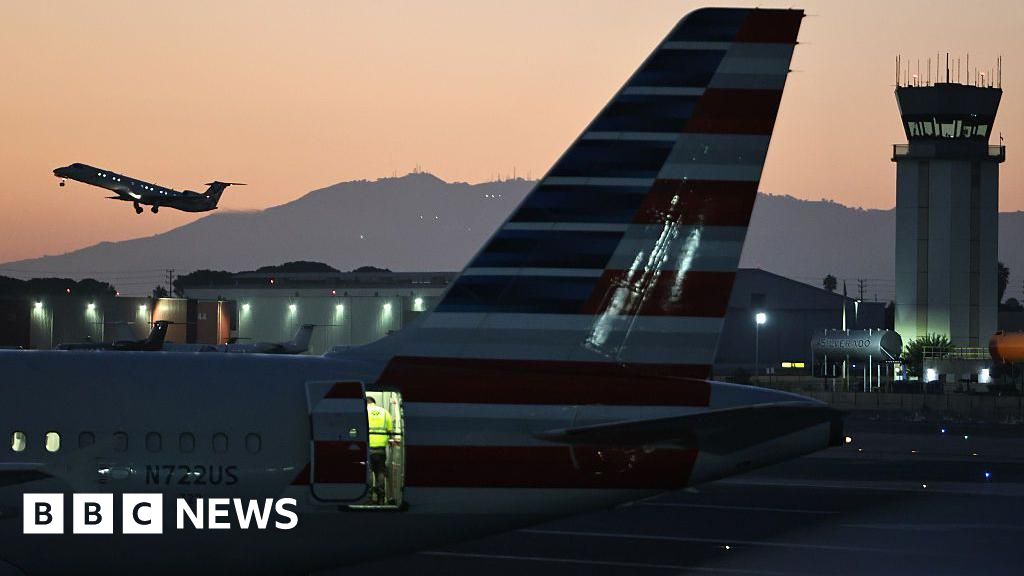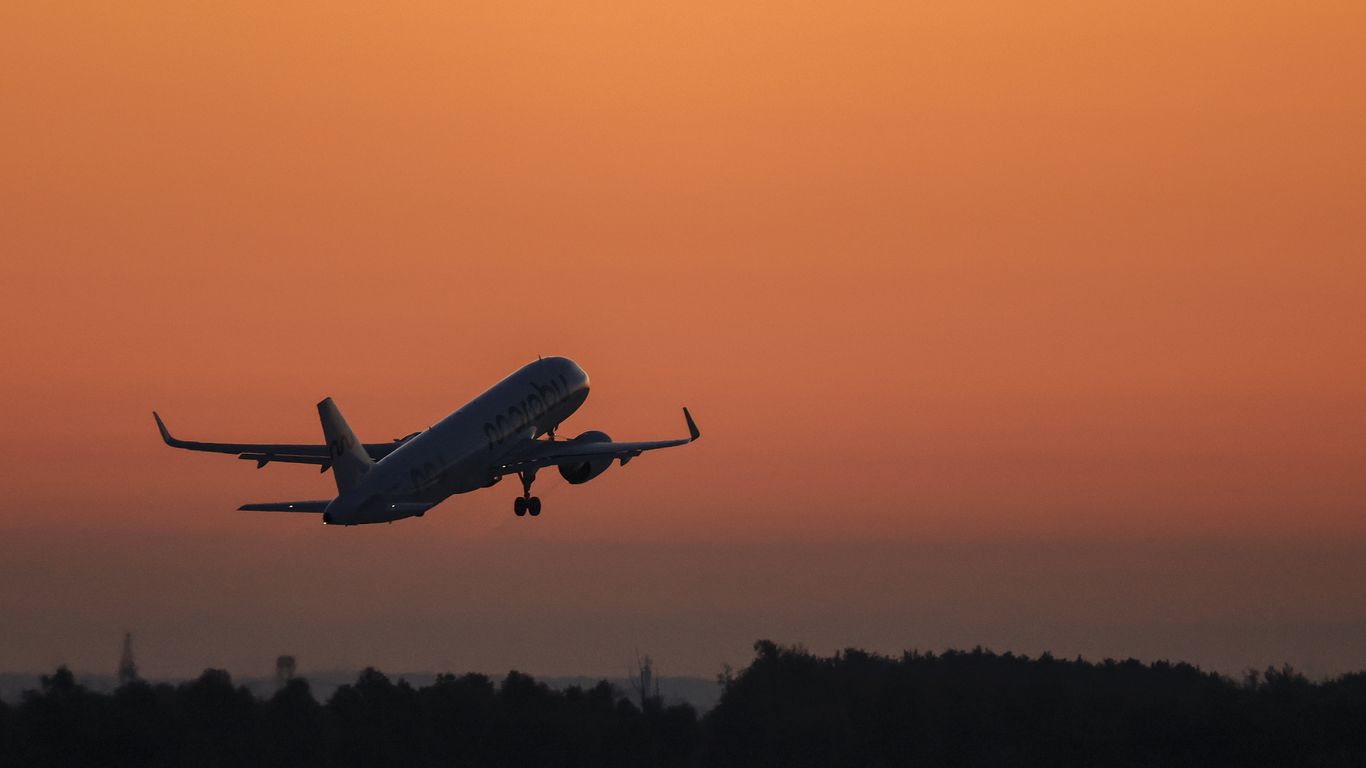FAA Slashes Flights at 40 Major Airports Amid Government Shutdown

FAA Imposes Flight Reductions Amid Shutdown
The Federal Aviation Administration (FAA) has ordered a 10% reduction in flights at 40 of the busiest U.S. airports as the government shutdown enters its 35th day. This measure aims to alleviate pressure on air traffic controllers facing staffing shortages due to the prolonged funding gap. The cuts, effective November 14, 2025, target peak hours, reducing scheduled domestic operations to maintain safety and operational efficiency.
Operational Details and Rationale
Carriers operating under part 121 and commuter or scheduled part 135 at designated high-impact airports must reduce their daily flights between 6 a.m. and 10 p.m. local time. The FAA mandates these reductions based on marketing codes or operating certificates, ensuring no single carrier bears disproportionate cuts. This approach reflects the agency’s authority to manage air traffic when emergency conditions arise, prioritizing safety amid diminished air traffic control resources.
Wider Implications for Air Travel
The flight reductions could lead to thousands of canceled or delayed flights daily, impacting travelers nationwide. The FAA plans to maintain these limits until air traffic control staffing stabilizes. This unprecedented move underscores the shutdown’s far-reaching effects on critical infrastructure, highlighting the need for swift resolution to prevent ongoing disruption in air travel and safety operations.
About the Organizations Mentioned
Federal Aviation Administration
The **Federal Aviation Administration (FAA)** is a U.S. government agency responsible for ensuring the safety, efficiency, and regulation of civil aviation and commercial space transportation within the United States and its surrounding international waters. Established originally as the Federal Aviation Agency in 1958, it became part of the Department of Transportation in 1967, adopting its current name[1][3]. The FAA’s core functions include regulating and overseeing air traffic control, pilot and technician certification, airport safety standards, and aircraft manufacturing and maintenance regulations. The agency manages air traffic for over 50,000 daily commercial and general aviation flights, ensuring safe and efficient navigation through the National Airspace System (NAS)[2][4]. It also develops and operates air traffic control and navigation systems used by both civil and military aircraft, showcasing its broad operational scope[1][3]. The FAA operates through five main lines of business: - Air Traffic Organization (ATO), managing air navigation services and control facilities such as towers and radar centers - Aviation Safety (AVS), responsible for certification of personnel and aircraft - Airports (ARP), overseeing national airport system planning and grants - Office of Commercial Space Transportation (AST), regulating commercial space launches and reentries - Security and Hazardous Materials Safety (ASH), focusing on risk reduction and infrastructure protection[4]. In addition to regulation, the FAA invests heavily in research and development, advancing aviation technology and safety systems, including aeromedical research and environmental programs addressing noise and pollution from aircraft[2][3]. Its mission emphasizes providing the safest, most efficient aerospace system globally, with a vision of integrating new technologies and users into aviation safely and innovatively[6]. Notable achievements include establishing stringent safety standards that have made U.S. airspace one of the safest worldwide and pioneering regulation of commercial space transportation, an emerging sector. The FAA’s commitment to innovation and safety continues to shape the future of aviation and aerospace, making it a central figure in both business and technolog








